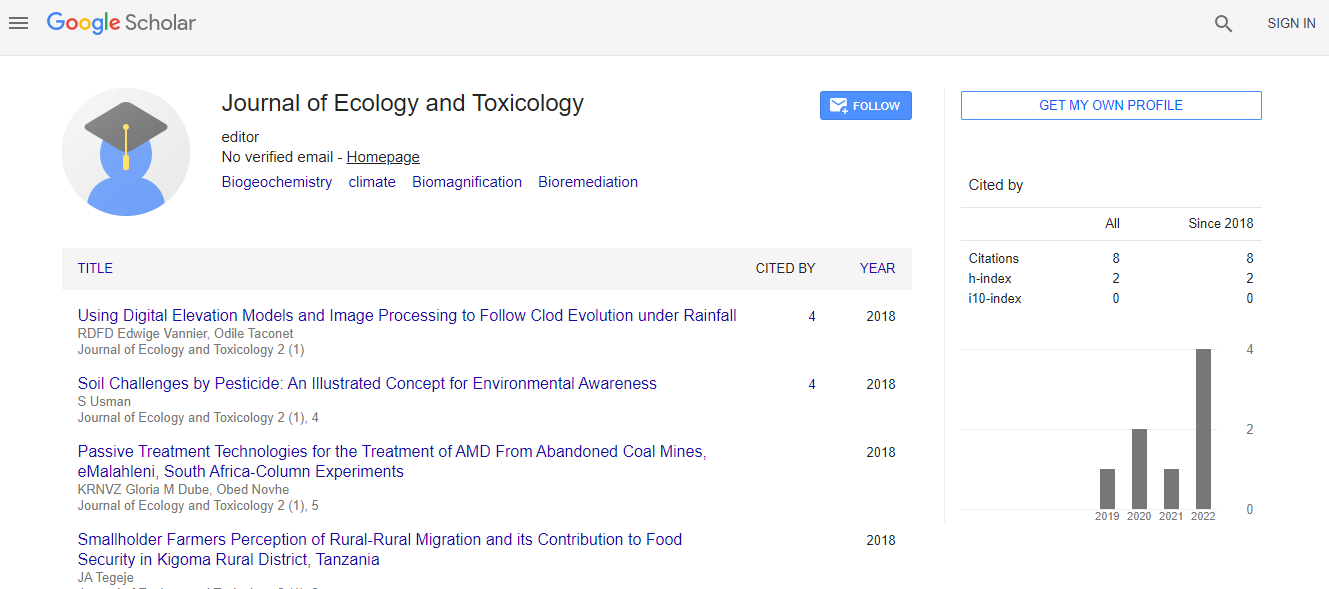The sanitary impact on air pollution in North Africa
*Corresponding Author:
Copyright: © 2021 . This is an open-access article distributed under the terms of the Creative Commons Attribution License, which permits unrestricted use, distribution, and reproduction in any medium, provided the original author and source are credited.
Abstract
The developing countries are faced nowadays, to deterioration of the air quality; many factors are incremented, the most important are the traffic sector and the rapid industrialization. The situation which prevails in emerging countries is not known enough. We consider actually that in Algeria, every year 10 to 12 million inhabitants consult for acute episodes of respiratory diseases. Number of these episodes is directly linked to exposure to air pollution. Over a period of two consecutive years ,20606 patients were identified. The respiratory symptoms have represent 11.23% of the reason for consultation; more part of patients was female with a mean age of 42. The mean reason for consultation was asthma 28.51%. The upper respiratory tract infection represented 28.38%. COPD represented 73.4% of inpatients, essentially people with comorbidity. The daily average level of the PM10 was 53 μg/m3. There is a correlation between the daily levels of particles PM10 and the mortality, the
hospitalizations and the exacerbation of respiratory symptoms. The impact of the exposure to the PM10 represents 3.4% of all sanitary events. So, a decrease of the levels PM10 implies an improvement in public health. The monitoring and management of air pollution is a priority for environmental protection and public health.

 Spanish
Spanish  Chinese
Chinese  Russian
Russian  German
German  French
French  Japanese
Japanese  Portuguese
Portuguese  Hindi
Hindi 